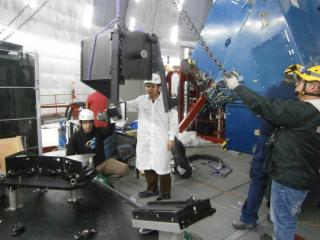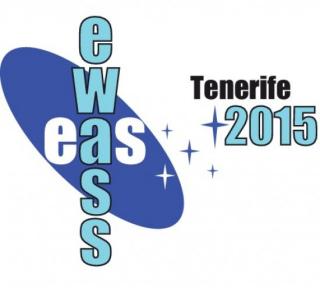
Next Saturday, June 6th, an exhibition will be open to the public to celebrate the 30th anniversary of the Canarian Observatories.
Advertised on
This section includes scientific and technological news from the IAC and its Observatories, as well as press releases on scientific and technological results, astronomical events, educational projects, outreach activities and institutional events.





